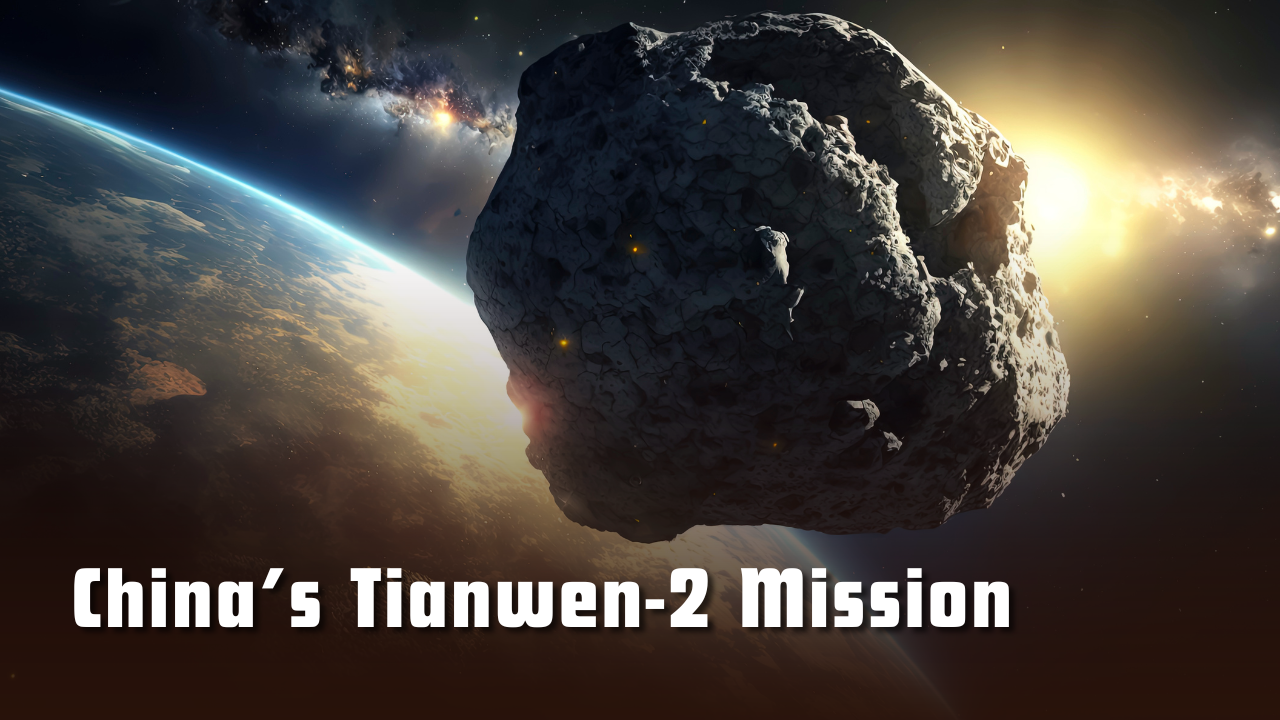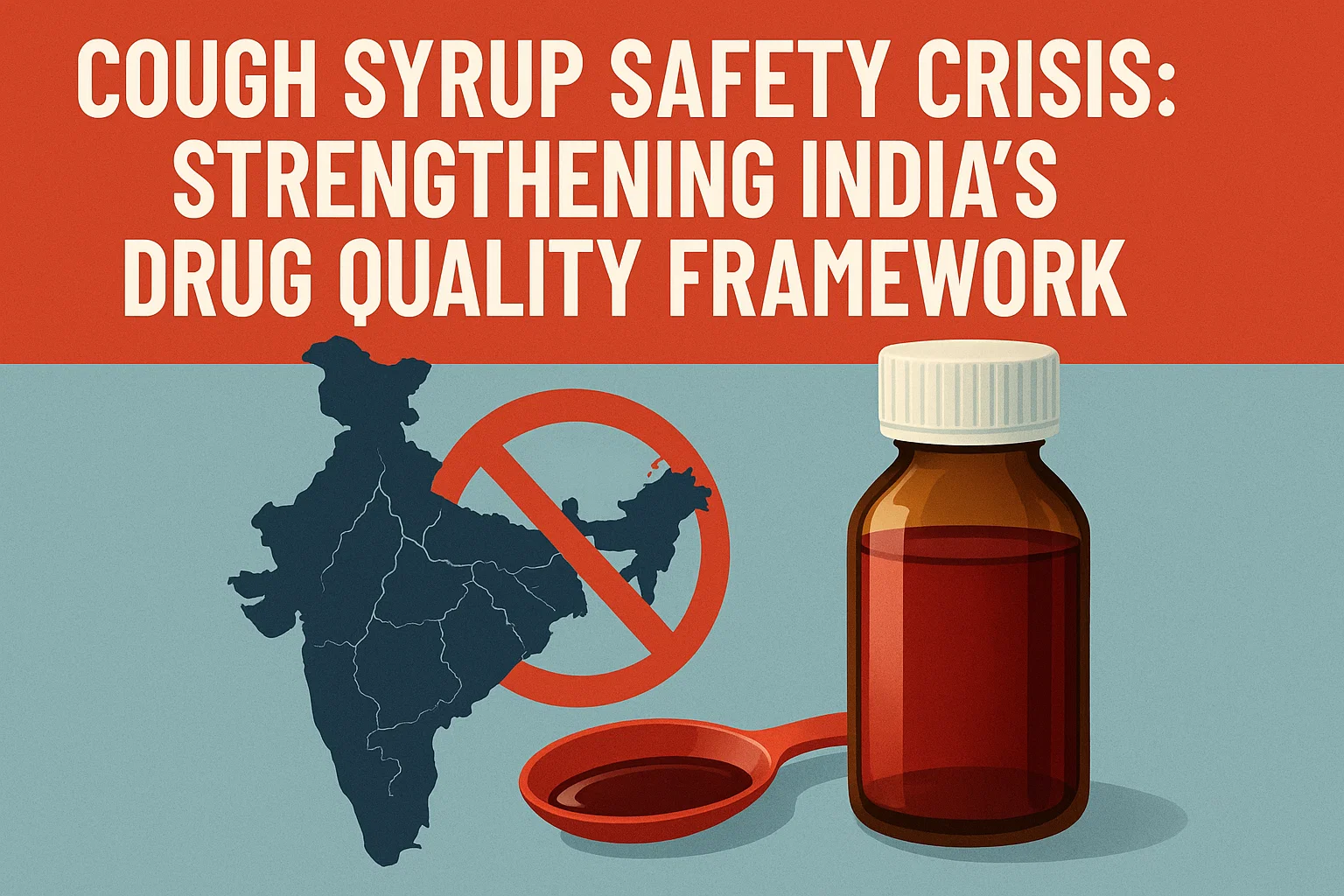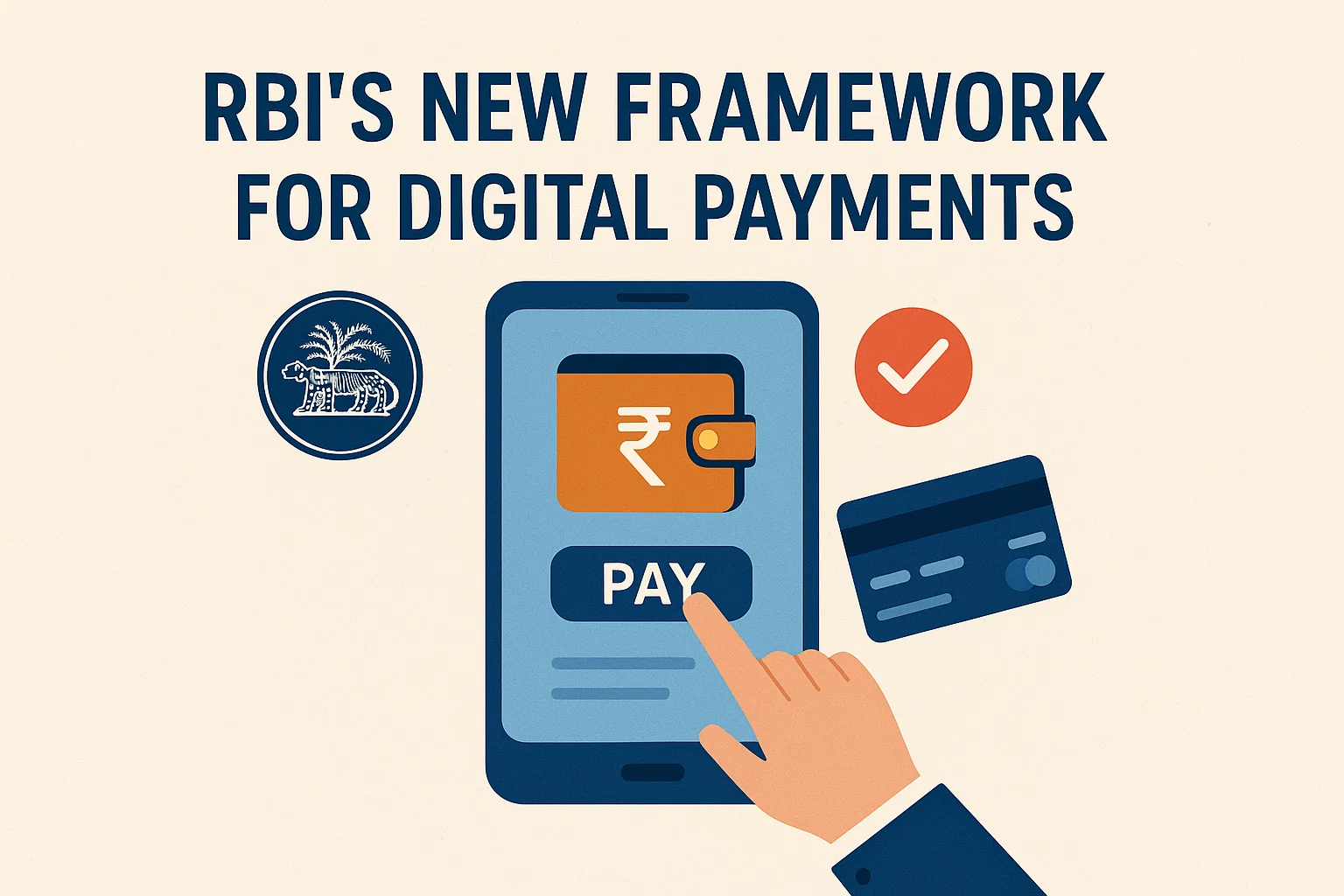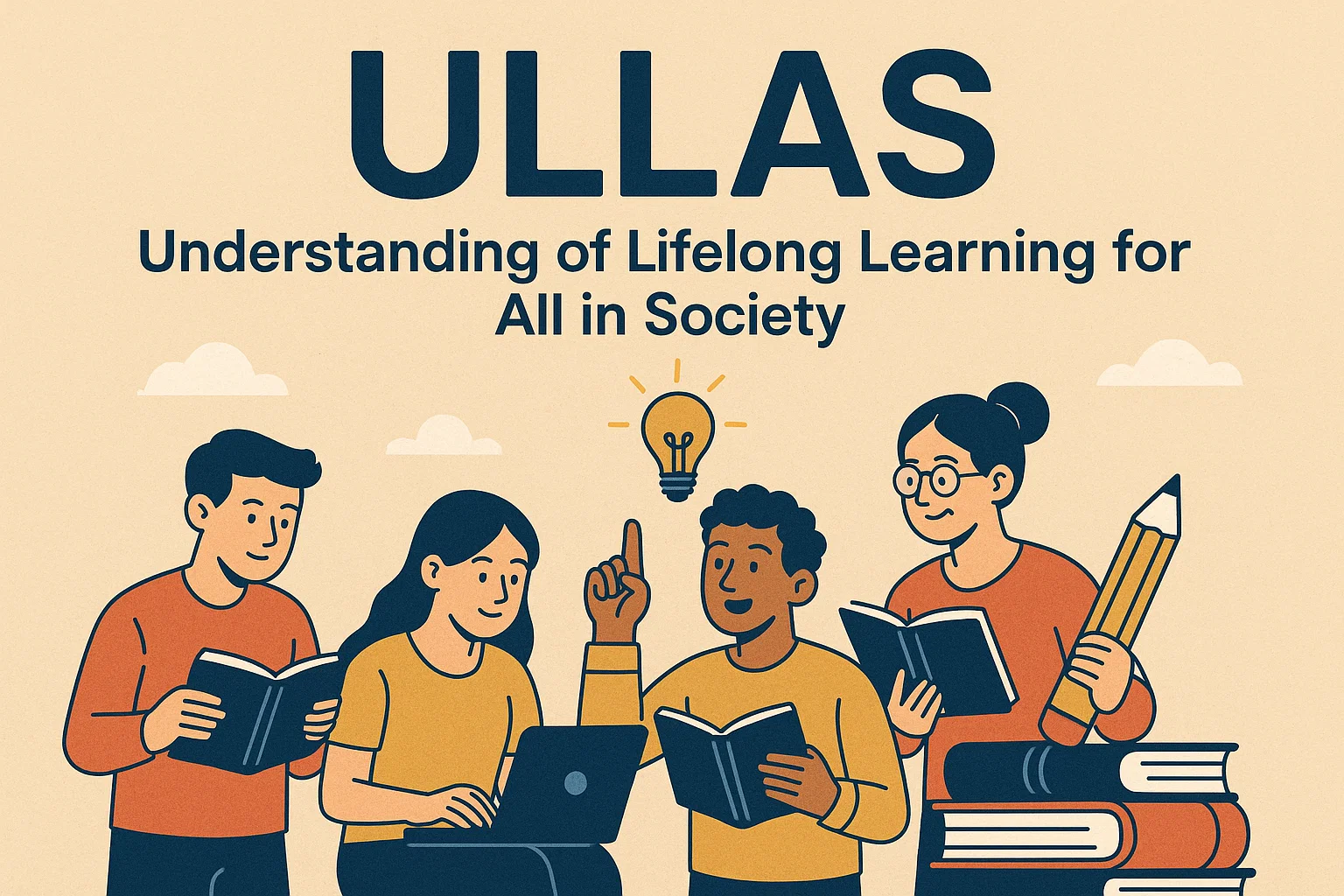Font size:
Print
India-Pakistan Ceasefire
Dealing with Pakistan, weak or strong
Context: The recently announced ceasefire between India and Pakistan, brokered by the U.S. President Donald Trump, is a welcome, albeit fragile, pause in a deeply entrenched conflict.
More on News
- While peace is always preferable to war, the precarious nature of this ceasefire highlights the need for strategic clarity, political vision, and regional stability in South Asia.
The Trigger: Terror and the Logic of Escalation
- The current conflict cycle began with a terror attack in Pahalgam, which set India and Pakistan on a dangerous path of military escalation.
- In an age of modern warfare, decisive victories are rare — and any accidental miscalculation, such as high civilian casualties or escalation into missile warfare, could spiral into uncontrollable disaster.
- The risks of misinterpretation and panic in such high-stakes confrontations underscore the volatile reality of the India-Pakistan nuclear dynamic.
Operation Sindoor: Strategic Response or Tactical Stalemate?
- India’s Operation Sindoor was a measured retaliatory step, well within its strategic rights.
- However, a sober assessment shows that it hasn’t significantly altered Pakistan’s military capabilities.
- While India demonstrated its reach by targeting Pakistani military infrastructure, Pakistan too revealed its emerging competence in drone warfare and disinformation tactics.
- This limited exchange has effectively turned the region into a testing ground for new military technologies, drawing attention from global arms suppliers and defense analysts.
- The outcome, however, underscores a harsh truth: both India and Pakistan have limited capacity to impose decisive costs on each other without triggering catastrophic consequences.
Limits of War Without Political Purpose
- A critical question looms: What was the political objective of this conflict? Was it to inflict unbearable costs on Pakistan? Or to provoke systemic change?
- Some voices in India still harbor a fantasy of dismembering Pakistan, but such notions overlook the chaos that would inevitably follow.
- Without a clear political goal, military action becomes self-defeating.
- The conflict has not forced negotiations nor fostered trust — both essential elements for lasting peace.
- Instead, it has reinforced the strategic stalemate that has defined India-Pakistan relations for decades.
Diplomatic Repercussions: Strategic Autonomy Undermined
- India now finds itself at a critical diplomatic juncture. Despite its efforts to assert strategic independence, the recent conflict has reinstated the India-Pakistan hyphenation in global perceptions.
- More concerning is India’s growing reliance on Western powers, especially the U.S., for diplomatic leverage.
- The China-Pakistan alliance remains firm, and China’s refusal to engage India meaningfully during the crisis was a missed opportunity.
- Meanwhile, Europe remains skeptical of India’s global posture, particularly in relation to Ukraine.
- As a result, India’s strategic autonomy has been significantly curtailed, and it finds itself drawn deeper into a new geopolitical cold war where it has limited control over regional narratives.
Pakistan’s Lessons: Rhetoric or Reform?
- Pakistan too must take stock. India’s restraint was not weakness, but a reflection of its greater economic and geopolitical stakes.
- Pakistan’s continued reliance on anti-India sentiment and proxy terror only weakens its internal cohesion.
- The idea that India cannot be fractured along communal lines was a key psychological victory for New Delhi.
- However, domestic political narratives in India must also resist the temptation to exploit identity divisions for short-term gains.
Toward a Political Process: From Ceasefire to Constructive Dialogue
- This ceasefire will be meaningful only if it catalyses a genuine political process.
- The fundamental disputes — Kashmir, cross-border terrorism, and mutual distrust — cannot be resolved through military means alone.
- While the diplomatic frameworks and proposals for an honourable peace agreement exist, what’s missing is the political will and moral leadership on both sides.
- India and Pakistan are not just two nation-states with a boundary dispute. They are fragments of a shared civilisation, struggling with historical trauma and political dysfunction.
- The legacy of Partition continues to shape and deform their modern trajectories. Until both nations confront this inner conflict — psychological as much as geopolitical — sustainable peace will remain elusive.



